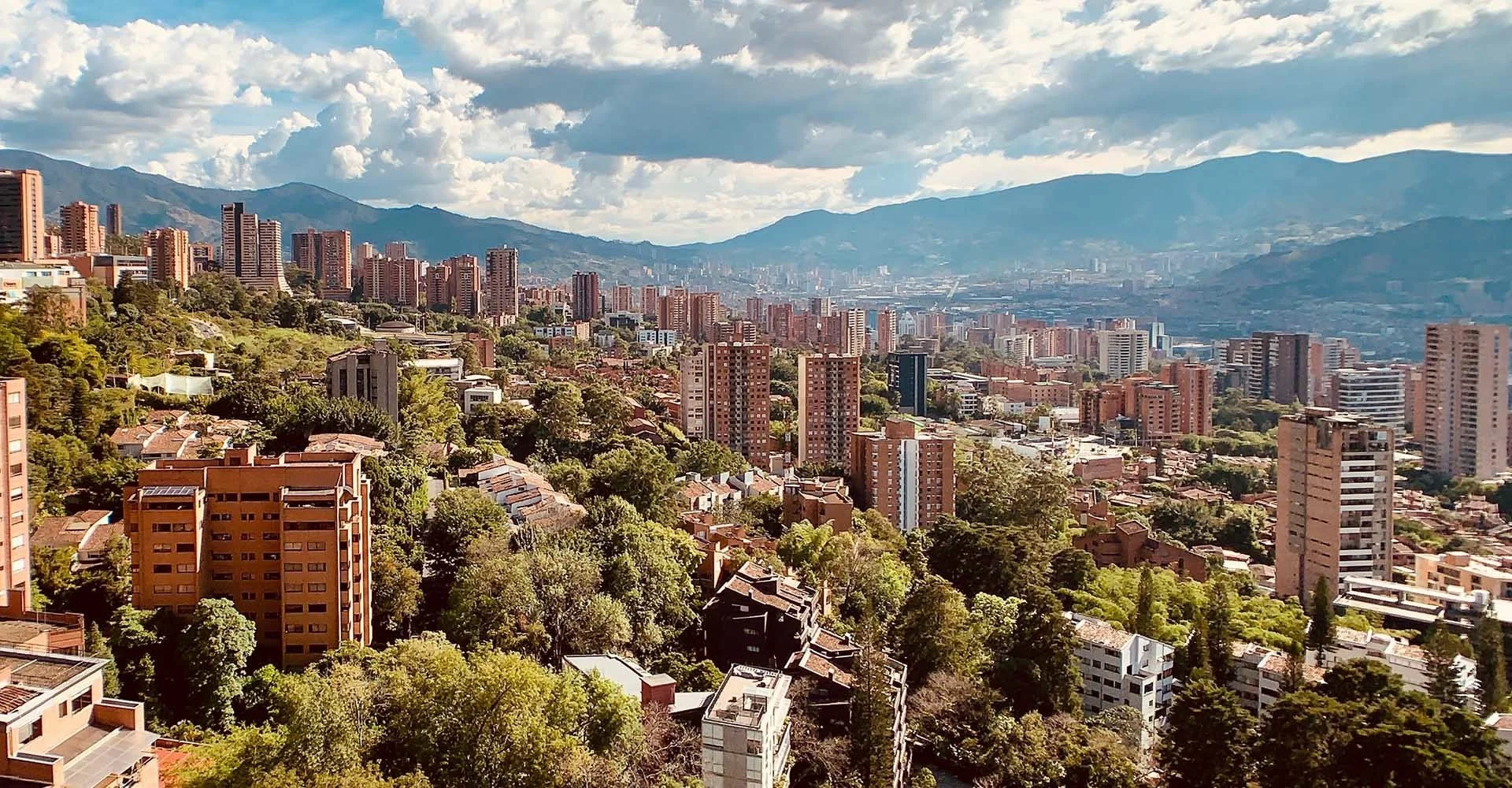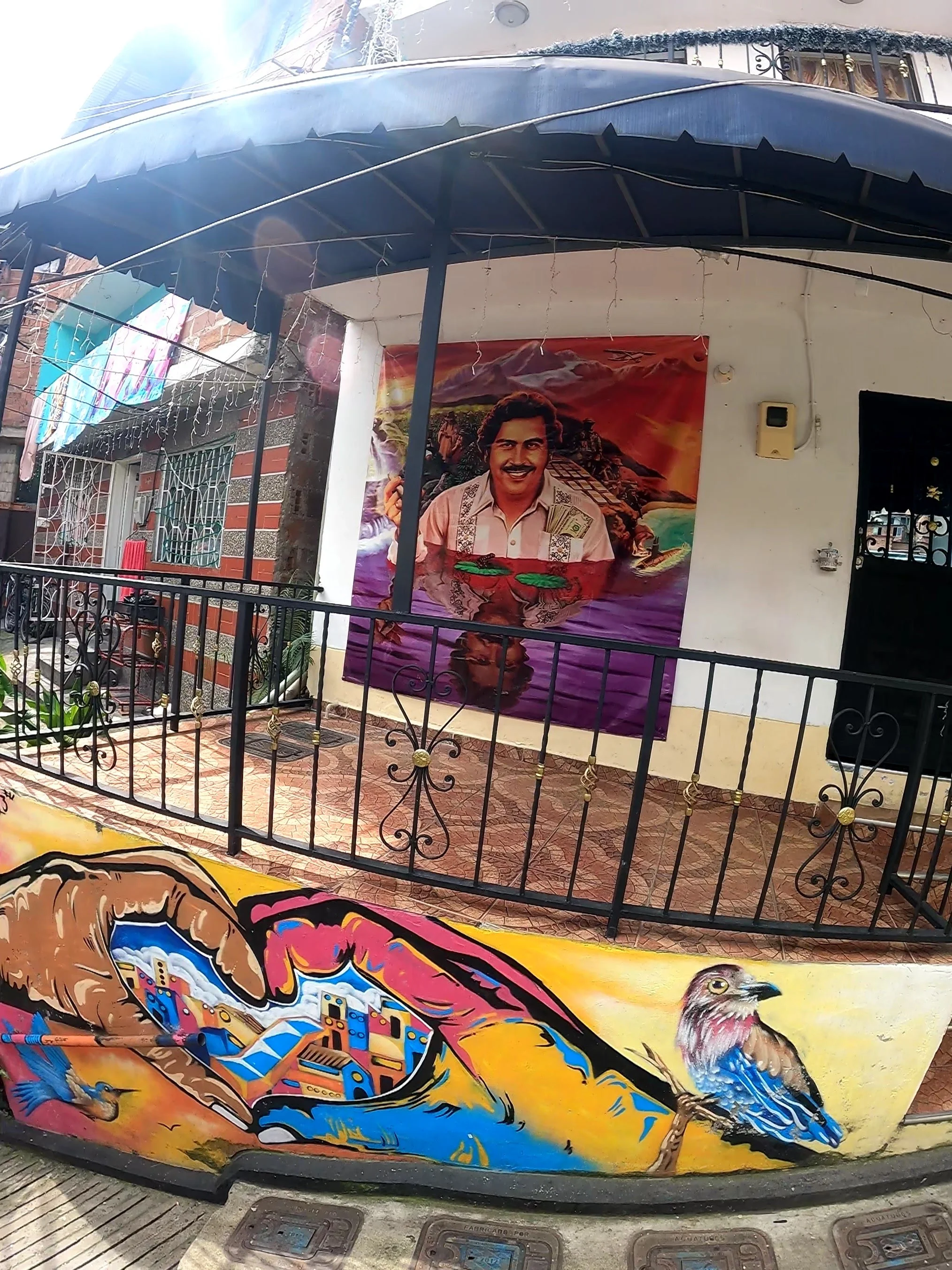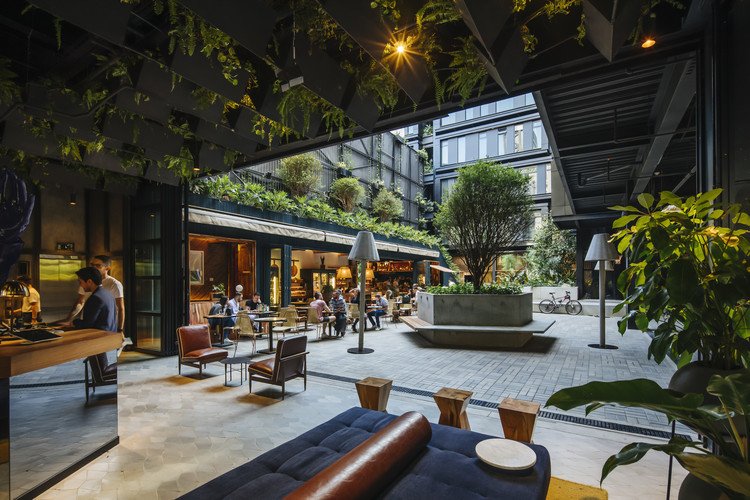
Medellin.
The city that has found peace.
We can say that Medellin has seen it all, and in the last decades, is the city that has changed the most — transforming fear and violence, into a vibrant city full of life and art.
Just 30 years ago, it was considered to be the most dangerous place in the world. The whole country was going through a war against narcotraffic and the most known drug lord of all times — Pablo Escobar. Today, a hipster destination where to feel free and express yourself.
You can feel the change while speaking with the local people, that are happy to be free and finally welcome many international tourists.
Not just ‘Pablo Escobar’.
Medellin attracts many people who, after binge-watching ‘Narcos’, want to discover what has been left in the city where Pablo Escobar spent most of his life. When you walk through some ‘Barrios’, you can find some murals, that portray the drug lord. Indeed, in some poor neighbourhoods, Pablo is remembered as a ‘‘Robin Hood’’, thanks to his philanthropic efforts. He built hospitals, stadiums, and housing for the poor, with the profit from cocaine smuggling.
But, not long after, his reputation changed drastically, becoming one of the most dangerous terrorists in the world, signing a very painful chapter in Colombia’s history.
When you visit Medellin, it’s important to remember that you are visiting the city of many victims. If you have some questions, try always to be sensitive about this subject. Try not to show an interest only in Pablo’s character, but also in people’s lives, that have been through so much and were able to leave this hard period behind their back.
However, If you want to know more about the Escobar family, I recommend visiting the house of Roberto Escobar. You can read my experience, when I met Pablo Escobar’s brother.
What to do in Medellin?
Visit ‘Comuna 13’
Medellin is considered a safe city to visit since 2008.
The barrio "Comuna 13", used to be the most dangerous neighbourhood in Medellin, run by violent drug trafficking organisations. Shootings and murders were the order of the day and police officers were not even allowed to enter the neighbourhood.
Today, Comuna 13 — became the most hospitable place, home to the best Colombian artists and dancers. When you walk in the colourful ‘barrio’, you are surrounded by graffiti, street art performances and walking tours.
New infrastructure, including a cable car system and six outdoor escalators, has made life in Comuna 13 a whole lot easier for residents and opened the area up to tourists like never before.
Walk with me in Comuna 13.
Walk around ‘El Poblado’
The best area to stay in Medellín is ‘El Poblado’, an upscale residential and dining district, 6 km south of the city centre. This area is immersed in the green and is jam-packed with an assortment of delicious restaurants, cute little shops, coffee places and bars — all within walking distance.
Where to stay?
I recommend finding accommodation in ‘El Poblado’ — also known to be the safest area in Medellin, with the best restaurants within walking distance.
The ‘Click Clack’ Hotel.
The most interesting place I’ve ever stayed is the ‘Click Clack Hotel’ — An eco-friendly Hotel, with unique taste and hip & fun design. Best of all was the lobby area, immersed in the green, with two delicious restaurants.
Jungle lobby.
The outdoor green lobby area houses an art gallery, shops, cafés, and restaurants, including wholesome comfort food at the Click Clack Kitchen. Don’t miss the delicious breakfast! (included in the room price)
Pool with a view.
Up above, a sprawling rooftop area featuring not one, but two bars and a pool that make the most of the stunning views over the Aburra Valley.
How to move around the city?
RIDE THE ICONIC MEDELLIN METROCABLE
The Metrocable is a symbol of Medellin. For locals, it’s a way of life: The cable cars are the only practical way to access the hillside barrios where the streets are too steep and narrow for buses. For us, tourists, soaring above the rooftops in a gondola is a fun and affordable way to get spectacular views. It’s definitely a must-do in Medellin.
The Metrocable has six lines that connect downtown Medellin in the Alburra Valley — with different settlements in the surrounding hills. My favourites are the K/L Lines to Parque Arvi, and the J Line from San Javier (in Comuna 13) to La Aurora. A single fare for the Metrocable costs 2,750 COP (around 70 US cents) or 2,430 COP if you have a (free) rechargeable Civica card.










